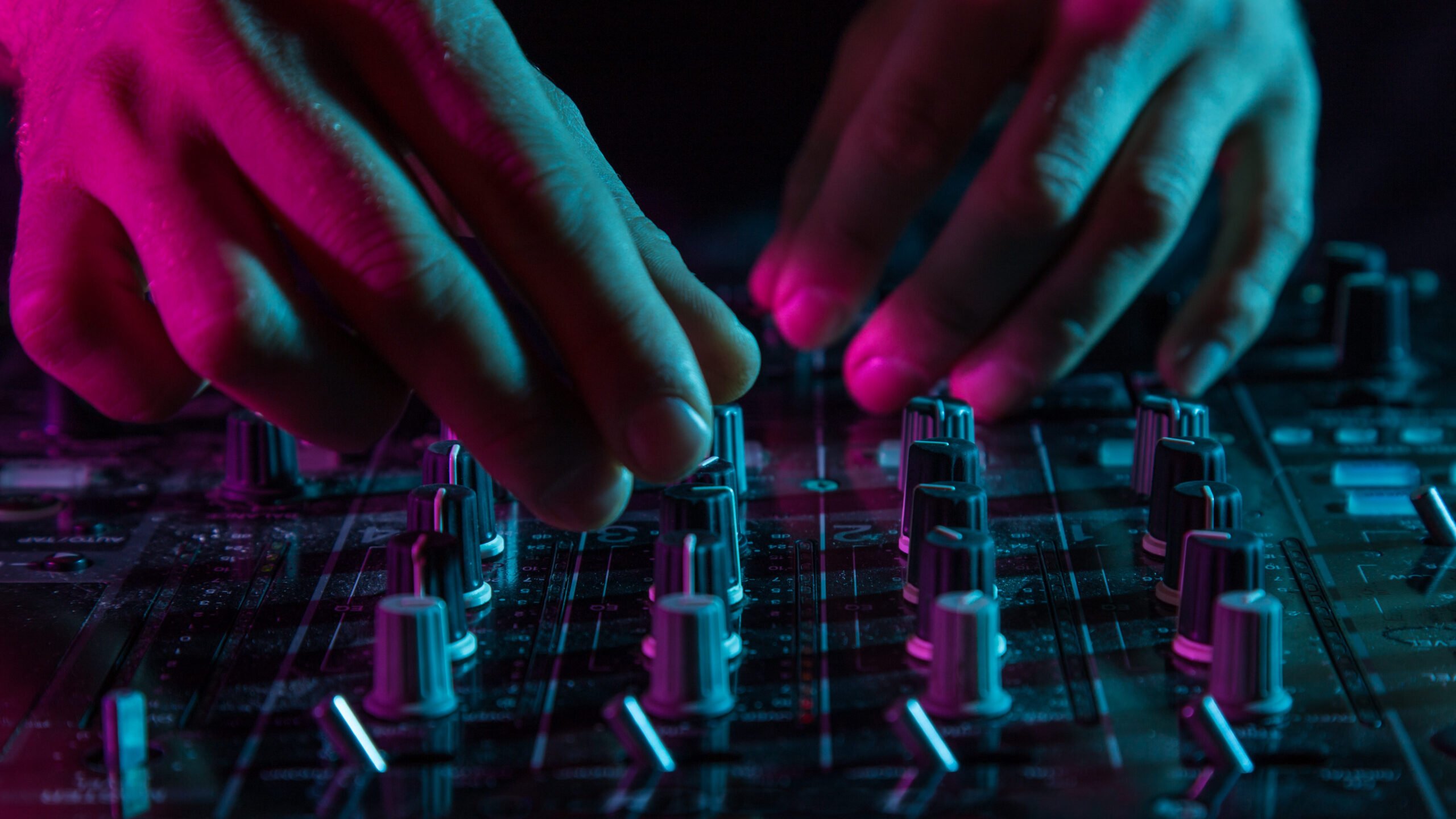
sound design vs sound mixing
Table of Contents
Differentiating Sound Design and Sound Mixing in Media Production
In the production of films, television shows, and video games, sound is a critical component that significantly enhances the audience’s experience. Within the sound production domain, sound design and sound mixing are two fundamental processes, each with distinct roles and techniques. This article delves into the differences between sound design and sound mixing, emphasizing their unique functions, methodologies, and contributions to creating an immersive auditory environment.
What is Sound Design?
Sound design involves the creation, manipulation, and integration of audio elements to build the overall soundscape of a production. This creative process is essential for developing unique auditory experiences that enhance the narrative and emotional tone of the media.
Key Characteristics of Sound Design:
- Creative and Conceptual: Sound design requires a high level of creativity and conceptual thinking. Sound designers develop innovative sounds that contribute to the atmosphere, mood, and tone of the production.
- Narrative and Emotional Impact: The primary goal of sound design is to support and enhance the story’s emotional and thematic elements, shaping how the audience perceives and engages with the narrative.
- Technical Expertise: Sound designers use advanced audio processing tools and techniques, such as digital audio workstations (DAWs), synthesizers, and effects processors, to craft and manipulate sounds.
- Comprehensive Approach: Sound design involves considering the entire auditory landscape, including sound effects, ambient sounds, and occasionally musical elements, to create a cohesive and immersive soundscape.
What is Sound Mixing?
Sound mixing, on the other hand, is the process of blending all audio elements, including dialogue, sound effects, ambient sounds, and music, to create the final sound track of a production. Sound mixers balance the levels, enhance the clarity, and ensure that all sound elements work harmoniously together.
Key Characteristics of Sound Mixing:
- Technical and Artistic: Sound mixing combines technical proficiency with artistic judgment. Mixers adjust audio levels, apply equalization, and use dynamic processing to achieve a balanced and polished sound.
- Balancing Audio Elements: The main focus of sound mixing is to ensure that dialogue, music, sound effects, and ambient sounds are balanced and clear, without any one element overpowering the others.
- Spatial Placement: Sound mixers use techniques such as panning and reverb to create a sense of space and depth, making the auditory experience more realistic and immersive.
- Final Soundtrack Creation: The goal of sound mixing is to produce the final audio mix that will be synchronized with the visual elements, ensuring that the sound supports and enhances the overall narrative.
Comparison: Sound Design VS Sound Mixing
While sound design and sound mixing are both crucial to the sound production process, they serve different purposes and involve distinct methodologies. Here are some key points of comparison:
- Scope and Focus:
- Sound Design: Encompasses the creation and manipulation of all auditory elements, aiming to create unique and immersive soundscapes that support the narrative.
- Sound Mixing: Focuses on blending and balancing these audio elements to create a coherent and polished final soundtrack.
- Techniques and Tools:
- Sound Design: Involves creative processes such as sound synthesis, layering, and digital manipulation. Sound designers use DAWs, synthesizers, and various effects processors.
- Sound Mixing: Involves technical processes such as level adjustment, equalization, panning, and dynamic processing. Sound mixers use mixing consoles and audio editing software.
- Purpose and Function:
- Sound Design: Aims to enhance the emotional and thematic depth of the story through creative soundscapes and unique auditory experiences.
- Sound Mixing: Aims to ensure that all audio elements are balanced and clear, producing a cohesive and harmonious final soundtrack.
- Integration:
- Sound Design: Is an ongoing process that influences the entire production, from pre-production planning to post-production mixing and mastering.
- Sound Mixing: Primarily takes place during the post-production phase, where mixers work to integrate and balance all sound elements before the final output.
Conclusion
Both sound design and sound mixing are essential to the auditory experience in media production, each contributing uniquely to the overall sound quality and narrative impact. Sound design focuses on the creative and conceptual aspects, developing immersive soundscapes that support the story’s emotional tone. In contrast, sound mixing concentrates on the technical precision and balance of all audio elements, ensuring clarity and cohesion in the final product. Understanding the differences between these two processes allows for a greater appreciation of the intricate artistry and technical expertise involved in creating compelling audio experiences.

You Need a Professional?
With my background in sound design and a passion for creativity, I’ll work tirelessly to ensure that your project’s audio not only meets but exceeds industry standards, setting it apart from the competition.